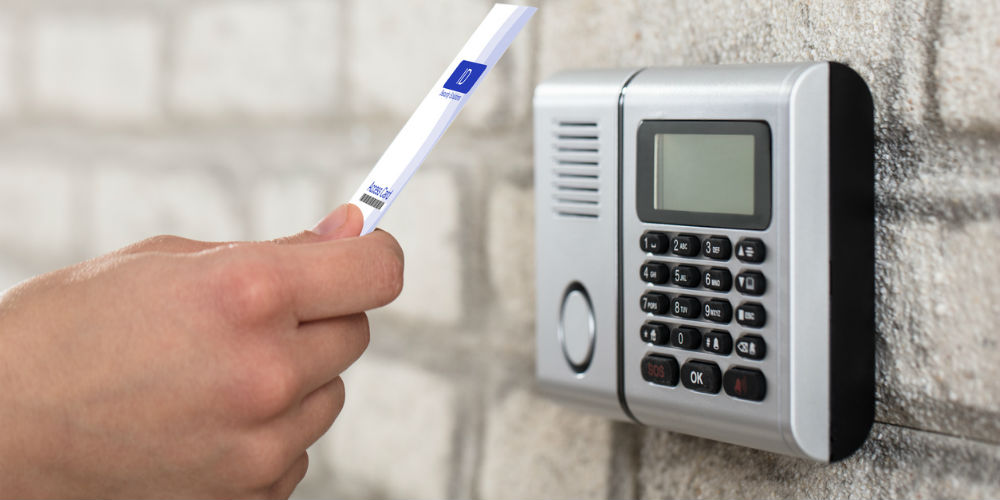Depending on the type of business, their requirements, and the way that security practices are applied, there is a range of technology decision makers when it comes to access control. Particularly in larger enterprises IT professionals are getting more engaged. While security managers still play an important role in the process, as applications are riding on an IT infrastructure and integrating with other building systems IT pros are getting more involved.
“That really places a requirement on us as an integrator to be smart and IT savvy as we think about servicing our customers and ensuring that we can grow as they grow,” says Hank Monaco, VP of Marketing at Johnson Controls.
Access Control Isn’t Only About Access
There’s no question that as environments are virtually centralized, access control can become a key component of a large integrated environment. There can be many additional benefits ascribed to the integration of access control.
It’s more that just entering and exiting a building – it’s a way for end users to find ways in which they can control their environments more broadly. Access control can be integrated with lighting control – when someone enters or exits a room the lights can be turned on or off automatically. The same can be done with temperature control – there’s no point in running air conditioning in a room not in use.
Interoperability, Standards, and Access Control
“I think it’s incumbent upon us an industry to think about how we can create standards going forward,” says Monaco.
While companies like Johnson Controls have standards within technology brands – Tyco as an example – there is an ongoing push internally and externally to provide more standards that branch further out. End users want a more seamless experience, upgrades, and ongoing integration to ensure these different platforms work together the right way for the foreseeable future.
“All of our customers feedback to us is that they’re all trying to do more, they’re all trying to manage costs, and they’re all trying to make it easier for their end users and internal teams to use their systems and provide a safer, more secure, and more sustainable environment,” says Monaco.
Holistic Access Control
If you’re looking at streamlining your investments in access control, you’re looking for a financial return. If you can dot hat with a system that is better integrated, and can provide inputs into HR and other functional areas and building management systems, that’s important.
“As technology evolves and we get to that next phase, these are the types of things that businesses need to think about strategically,” says Monaco.
End users should think of access control as a component of a more holistic security and business operations environment. Get other functional groups involved – IT, security, HR, facilities – and get input from multiple factors. A great example is payment – access control systems can be used in place of time cards. You can measure how long an employee is in the building based on when they come and go, and then pay them accordingly and automatically. That’s something the IT department might not think of, but that will make HR’s life a lot easier.
There’s also analytics and business intelligence that can be augmented by the right access control system. Based on business objectives, performance metrics can be measured – anything from cultural health metrics, to where employees are within the environment, to utilization of facilities, and more. Environmental conditions can be measured and evaluated. Access control gives businesses an opportunity to gauge where employees are, where they go, how they spend their day, and businesses can make decisions based on those metrics.
The Future of Access Control
While the access control card isn’t going away just yet, end users are looking for a more frictionless environment. That could mean retinal scans or other types of biometrics. It could mean near field communication. It could mean replacing cards with phones.
“There are many ways that credentialing is being reviewed so that, as the technology improves and systems get smarter, they can enable a more seamless experience,” says Monaco.
A big area of focus is ensuring that there aren’t false positives, or ways in which the safety and security of the end user isn’t compromised. Those advancements revolve around ensuring there is the most robust, rich, and safe environment that enables end users to allow employees to get from place to place as easily – and securely – as possible.
If you enjoyed this article and want to receive more valuable industry content like this, click here to sign up for our digital newsletters!











Nice article team MyTechDecisions and Jonathan Blackwood,
thank you for sharing this article with us its really very helpful and informative…